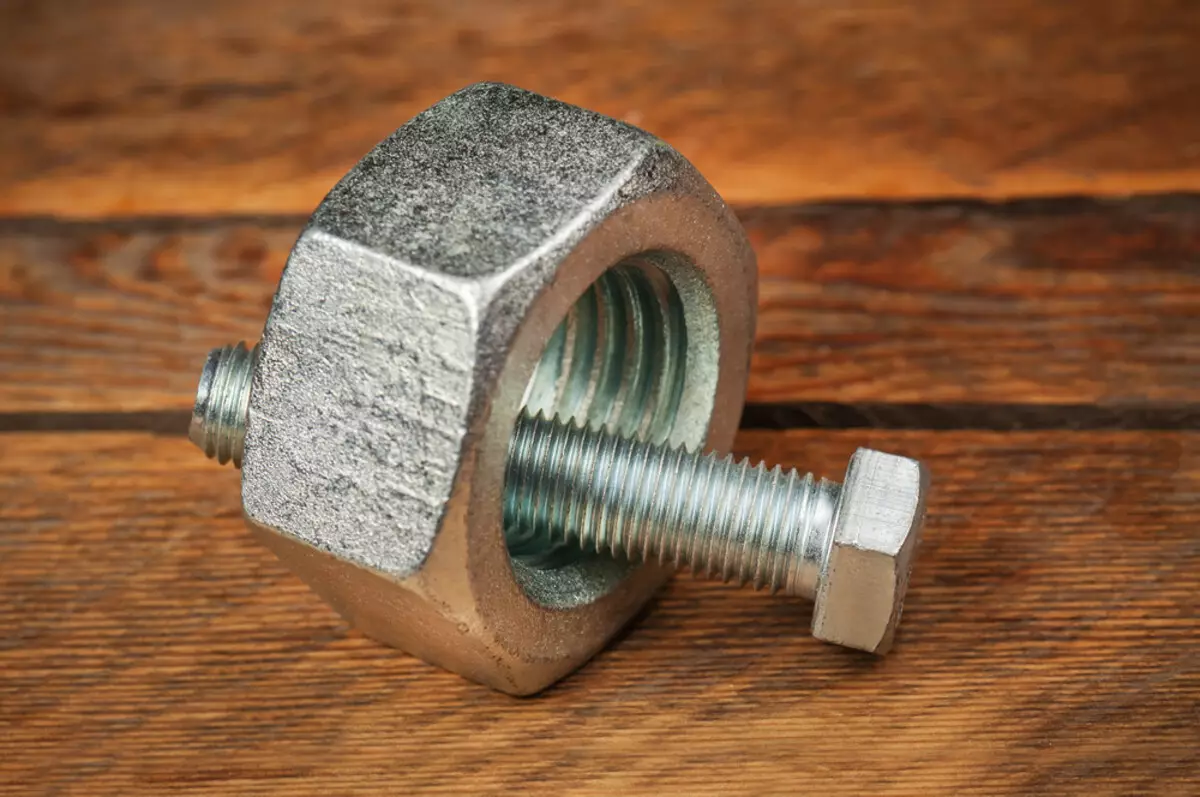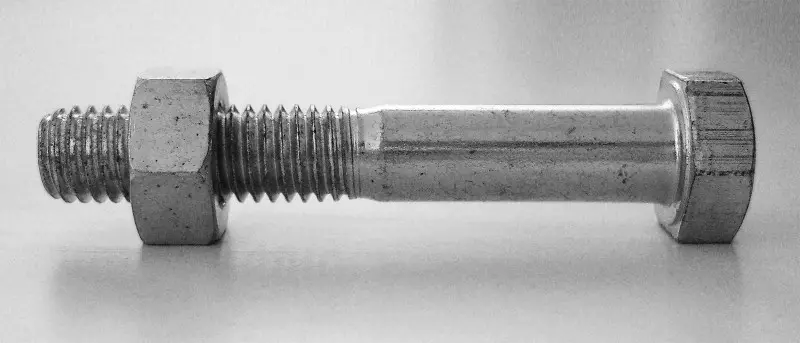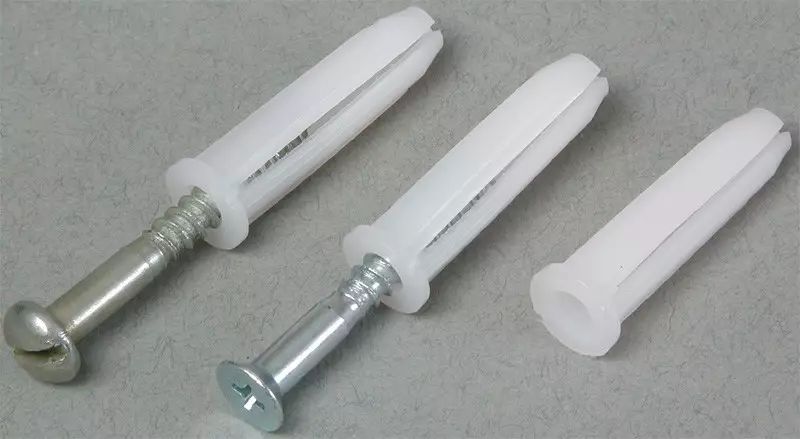
This information from us was hidden in the school - the boys went there, where the tools, a wonderful smell of fresh chips and large boxes with excellent shirts (that is, of course, fastener) - and we were sent to suture the seams and boil the egg.
And now there is no no, let's laugh, "give a bolt. What is the bolt? This nut! "And on the sites of the explanation it is usually like this:" nuts from carbon unalloyed and alloyed steels are separated by the class of strength 4; five; 6; eight; nine; 10; 12 - for nuts with a normal height, equal to or more than 0.8d; 04; 05 - for nuts with a nominal height from 0.5D to 0.8d. " Our author rummaged reference literature and found out something like that.
Nail: Sleeps with a sharp end, on top of a hat on a manner of caps. No, we did not think that you were not aware, a nail here as a point of reference.
Local carnation: Hat big, the crash itself is small. Looks like a hybrid of a nail and a stationery button.

Bolt: The bolt is thick, usually the hex head, from the head goes somewhere on a third smooth rod, further a carving that does not protrude outwards, but as if embedded inside. Ends the rod with a flat cut. It is intended for screwing into already ready-made holes with already ready-made threads, usually in something metallic, and fixed with the nut (and more washers, if necessary)
Screw: All items that are designed to screw in depth, without fixing them from the back of the nut or something else. Screw and self-tapping screw - these are such screws. And it is important for the screw that he is badly pulled out, and for the bolt is more important for him to break badly. To pull him and so does not shine - there the nut holds.
Nut: Sharp on a hexagon metal bagel. Inside the nut - thread.
Washer: Split metal bagel (sometimes an asterisk). No threads. Need, if you need to pave something between the nut and fixed by the part, or so that the nut does not fail if the hole is large, or so that the nut does not grasp the part to which it is screwed.
Spring washer (or Grover): A piece of spring length in one ring (but the ends do not coincide - one above the other), and it is used so that the nut is unscrewed by itself, usually in any moving connections.

Self-timber: Especially penetrating screw. It is made of solid metal, it has acute threads to the hats itself and a particularly sharp tip, often the tip itself is made as a drill. It is assumed that the screw is not needed a pre-checked hole, he will cut it himself.
Ceremal: Stern screw with a hex or special way (rail) head. Rails fasten them or similar things, they can be killed and killed.
Hairpin: The rod without a head and with the outer (that is, not embedded, but sticking) thread. The end with a thread is screwed into a non-cut hole, and the remaining protruding part screws the nut (usually with a washer)
Screw-loop: Screws like an ordinary screw, and instead of a hat, he has a loop with a ring. Conveniently, if you are going to hang something like a picture.

Dowel : If it is necessary to mount something to not very strong (type of drywall) wall, or vice versa, drill a hole in a solid concrete, for which neither screw, nor self-tapping to cling to tightly (you will do narrowly - the thread is spoil, you will do it wide - it will not hold on ), In the already checked hole drive a dowel, which will be made about the same function that a wool sock in a Velic booger - will fix it and will not give a row. Now they produce dowels of varying degrees of challenges, there are straight anti-tank hedgehogs. And earlier people enjoyed choppers (and sometimes it is more conveniently a chopper)
Cook: Wooden cylindrik. Imagine a piece of Chinese dining stick, from the middle, centimeter two or three long. Or more, depends on the opening. Cooks are clogged into a hole bored in a concrete wall, in the Cupika, screwed the screw, the screw is easy to defeat the wood, the area spread into the screw, tightly joins the concrete, the whole system holds as it should.
A screwdriver with drills, choppers, dowel, self-tapping screw and a set of screwdrivers decide somewhere three quarters of the type of "hang the shelf" and "fasten the wardrobe"! All these Devsi, well, except that Gluhahar is our close friends. But if you want to continue to call them all the "shurus" - call, they will not be offended.
Stop-stop, and Shpunter is what?
Tongue: The protruding part of the wooden part intended to enter the recess on the other part so that these two parts are better held at each other in the connection. With a screw, in short, do not confuse.
